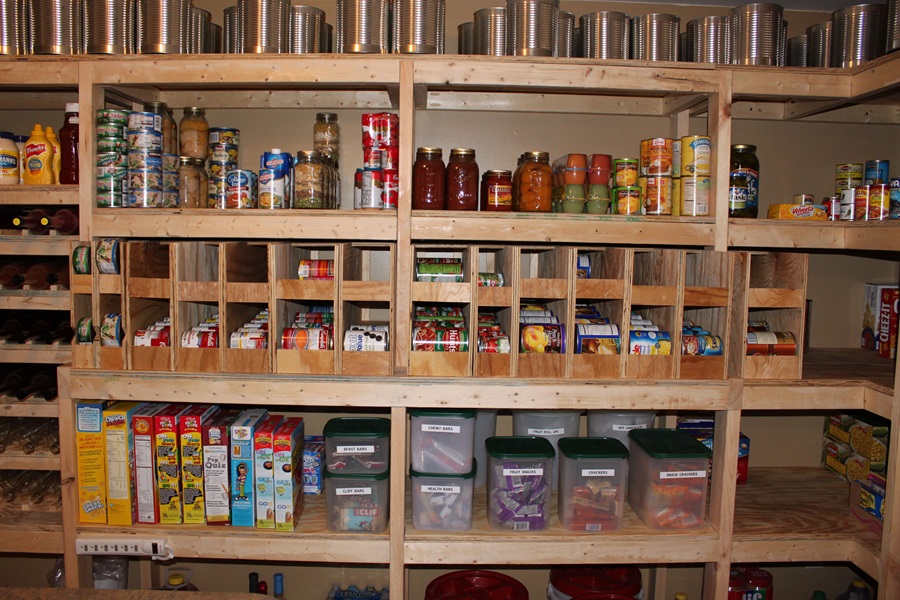Water pressure is a critical component of a comfortable and functional home, yet it’s often overlooked until problems arise. Many homeowners grapple with issues of inadequate water pressure, leading to frustrations in daily activities such as showering, cleaning, and gardening. This post explores various strategies to enhance water pressure, providing practical and effective solutions. From simple maintenance tips to advanced system upgrades, it covers all you need to know to ensure your water flows with the right force, offering an improved home experience.
Contents
Fundamentals of Water Pressure in Your Home
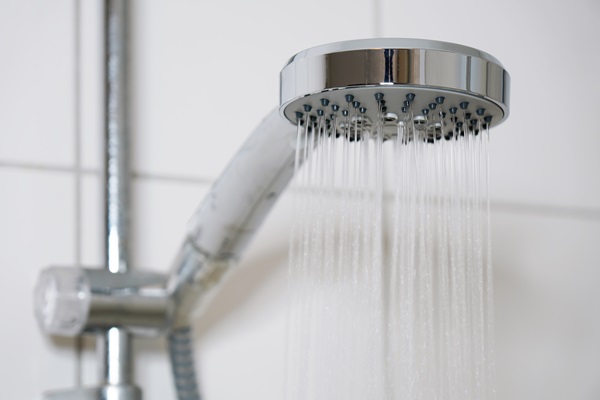
Water pressure, essentially the force that propels water through your home’s plumbing system, plays a pivotal role in ensuring a smooth and efficient flow. When water pressure is optimal, it enables the effective functioning of household appliances and fixtures. However, low water pressure can be a source of constant annoyance, affecting everything from your morning shower to the efficiency of your washing machine. Recognizing the signs of low water pressure, like trickling faucets or slow-filling toilets, is crucial for timely intervention. Understanding these basics is the first step in addressing water pressure issues.
Several factors contribute to the water pressure in your home. These include the elevation of your property, the condition of your plumbing, and the performance of the local water supply system. Old or corroded pipes can significantly reduce water flow, while properties located at a higher elevation might naturally experience lower pressure. Additionally, your home’s distance from the municipal water source can impact the pressure level. Knowing these influencing factors helps in diagnosing and rectifying pressure-related problems, ensuring a consistent and satisfactory water supply.
Regular Maintenance of Plumbing Systems
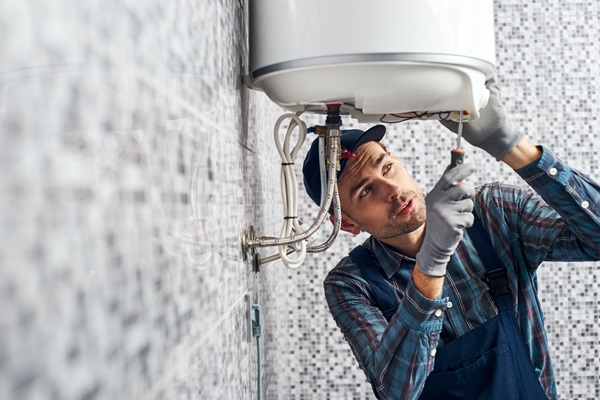
Regular maintenance is crucial for sustaining optimal water pressure. Over time, plumbing systems can develop a range of issues, such as sediment build-up or corrosion, which impede water flow. Proactive homeowners can prevent many of these problems by scheduling routine inspections and cleanings. Tasks like flushing the water heater or checking for leaks in exposed pipes can go a long way in maintaining the health of your plumbing system. Such preventative measures not only improve water pressure but also extend the life of your plumbing infrastructure.
While some maintenance tasks are straightforward and can be managed by homeowners, others require professional expertise. Annual inspections by qualified plumbers can uncover hidden issues, such as underground leaks or deteriorating pipes, which might not be apparent to the untrained eye. These professionals can also clean and descale pipes, further enhancing water flow. Investing in professional maintenance not only ensures efficient water pressure but also helps in avoiding costly repairs down the line. Regular upkeep is a small price to pay for the comfort and convenience of reliable water pressure.
Checking for Clogs and Blockages
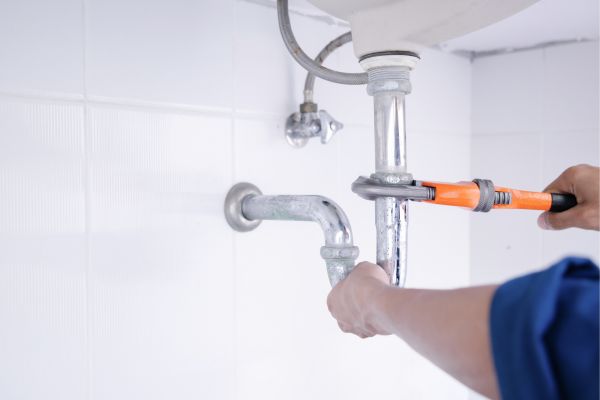
Clogs and blockages in pipes are common culprits behind low water pressure. Over time, debris such as mineral deposits, rust, or even small objects can accumulate in your plumbing, obstructing the flow of water. Signs of such blockages include inconsistent water pressure, gurgling noises from drains, or water backing up in sinks and bathtubs. Identifying these indicators early can prevent more significant issues. Homeowners should routinely check for and address any signs of clogging to maintain consistent water pressure.
Tackling clogs often involves a combination of DIY techniques and professional intervention. Simple blockages can sometimes be resolved with plungers or chemical drain cleaners, although the latter should be used cautiously to avoid pipe damage. For more stubborn clogs, tools like plumber’s snakes can be effective. However, in cases of severe blockages or if you’re unsure of the cause, it’s advisable to call a professional plumber. They have the expertise and equipment to safely and effectively remove clogs without damaging your plumbing system. Regularly clearing your pipes from obstructions is key to ensuring uninterrupted water flow and pressure.
Upgrading Your Plumbing Fixtures
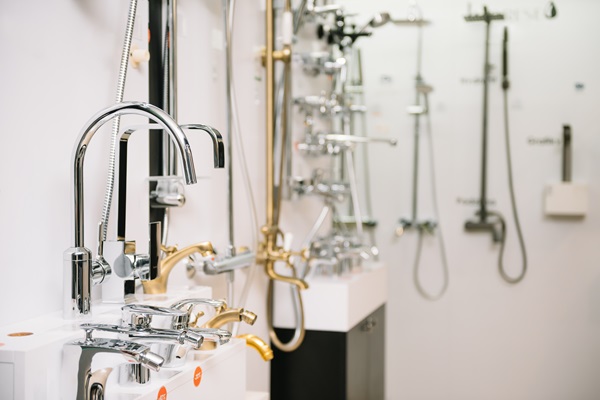
Upgrading to modern plumbing fixtures can significantly improve water pressure in your home. Older fixtures not only consume more water but often have limited flow rates, leading to unsatisfactory pressure levels. Contemporary fixtures are designed to deliver optimal water pressure while being more efficient in water usage. Showerheads, faucets, and toilets have evolved with advancements in technology, providing enhanced performance and comfort. Upgrading these fixtures is a straightforward solution for boosting water pressure and conserving water.
When selecting new fixtures, consider those specifically designed to work well in low-pressure environments. Features like aerators in faucets or pressure-balancing valves in showers can make a noticeable difference. Installation of these fixtures can often be a DIY project, but professional installation is recommended for the best results and to ensure compatibility with your existing plumbing system. Additionally, evaluate the cost-effectiveness of these upgrades. While there’s an upfront investment, the long-term savings in water bills and improved water pressure can justify the expense. Upgrading your home’s plumbing fixtures is a practical step toward achieving the desired water pressure.
Installing a Water Pressure Booster
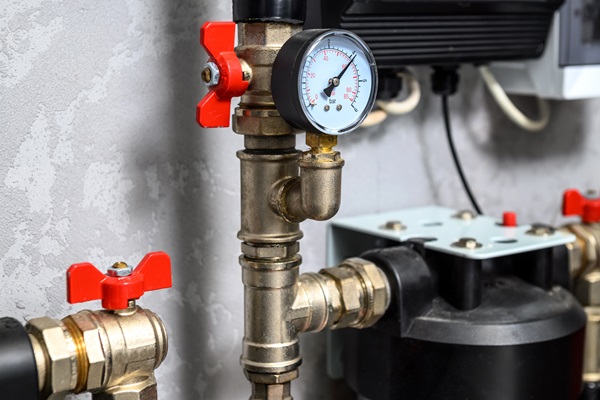
For homes plagued by persistently low water pressure, installing a water pressure booster can be an effective solution. These devices amplify the water pressure entering your home, ensuring a steady and strong flow. Understanding how a booster works is key; it essentially increases the pressure of incoming water from the municipal line or your well system, delivering it to your fixtures at the desired level. Choosing the right booster requires assessing your home’s specific needs, including the size and layout of your plumbing system.
Various types of water pressure boosters are available, each designed to address different water pressure challenges. Selecting the appropriate model involves considering factors such as the existing water pressure level, the required boost, and the volume of water usage in your home. Professional installation is recommended, as it often involves complex adjustments to your plumbing system. It’s also important to understand the maintenance requirements of these boosters to ensure their longevity and efficiency. Investing in a water pressure booster can transform the functionality of your home, providing a consistent and satisfying water flow.
Adjusting the Pressure Regulator
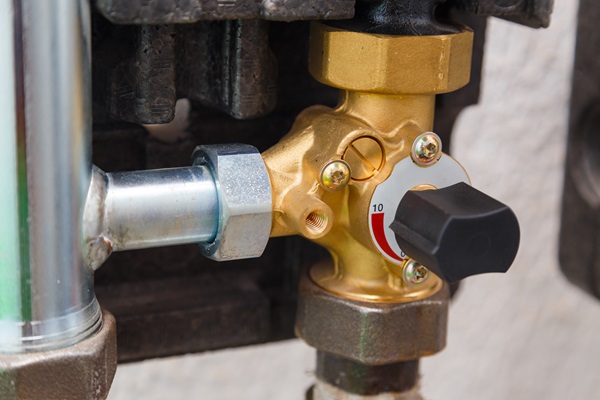
A key component in managing home water pressure is the pressure regulator, a device that controls the flow of water from the main line. If your home is equipped with a regulator, adjusting it might resolve water pressure issues. This task requires some technical knowledge but can be done by a homeowner with the right tools. It involves locating the regulator, usually near the water meter, and turning the adjustment screw to change the pressure.
Safety is paramount when adjusting the pressure regulator. It’s essential to avoid over-tightening, as this can cause damage to your plumbing. If you’re not confident in making these adjustments, or if the pressure doesn’t improve after your adjustments, it’s wise to consult a professional plumber. They can accurately assess and adjust the regulator or identify if a replacement is necessary. Properly setting the pressure regulator can make a noticeable difference in your home’s water pressure.
Revitalize Your Home’s Water Flow
Improving water pressure in your home involves a combination of regular maintenance, strategic upgrades, and sometimes the installation of specialized equipment. From understanding the basics of water pressure to installing a water pressure booster, each solution plays a critical role in enhancing your home’s water flow. Remember, while some of these steps can be DIY projects, don’t hesitate to consult with professionals for complex issues. By addressing water pressure problems, you not only improve the efficiency and comfort of your home but also protect your plumbing system from long-term damage. Start taking these steps today for a noticeable improvement in your home’s water pressure.
